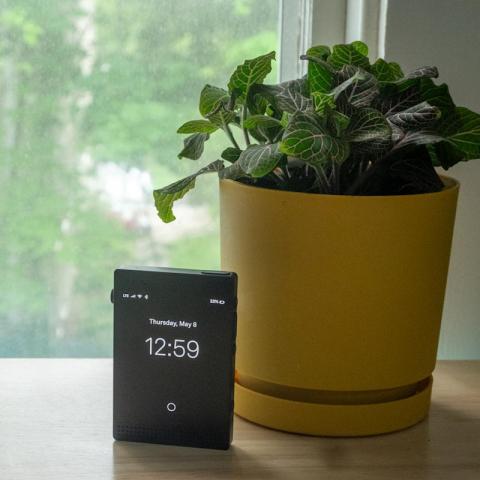Humans might really glow—at least in a scientific sense. Researchers from the University of Calgary and the National Research Council of Canada have shown that living things, including plants and even mice, emit a faint light that disappears after they die.
This light, called ultraweak photon emission (UPE), comes from chemical reactions inside our cells. While it’s too dim for us to see, scientists have captured this glow flickering out in real-time.
Biophotons have been around in research for a while but often get overlooked. They are different from the vibrant glow of jellyfish or other bioluminescent creatures. Instead, biophotons are produced when cells are stressed or damaged, indicating their health.
The glow is likely caused by byproducts of metabolism that create light during high-energy reactions. In a recent study, scientists placed live mice in dark chambers equipped with sensitive cameras to track their biophoton emissions. After the mice were gently euthanized, researchers continued to monitor them. They noted a significant drop in light emissions within an hour of death.
Interestingly, this phenomenon was also observed in plants like thale cress and umbrella trees. Injured parts of these plants emitted more light compared to healthy sections, demonstrating how stress affects biophoton emissions.
Although it might sound strange, this research suggests that humans could also have a measurable glow. If these light emissions reflect cellular health, they might one day help doctors diagnose medical conditions. Imagine using this as a non-invasive way to monitor health, detect injuries, or study how we age.
Recent studies even suggest that understanding UPE could lead to breakthroughs in medical technology. Some experts believe that measuring these emissions could provide real-time insights into our well-being, paving the way for innovative health monitoring tools.
For those curious about the science behind this, you can explore a more detailed study here. It’s fascinating to think that something we can’t see might help us understand our bodies better and ultimately contribute to advances in medicine.
Source link
humans,research






:max_bytes(150000):strip_icc():focal(1065x283:1067x285)/butch-wilmore-suni-williams-nasa-082524-e8edb4d07a314240ad9b9ec155a109e5.jpg?w=480&resize=480,480&ssl=1)















